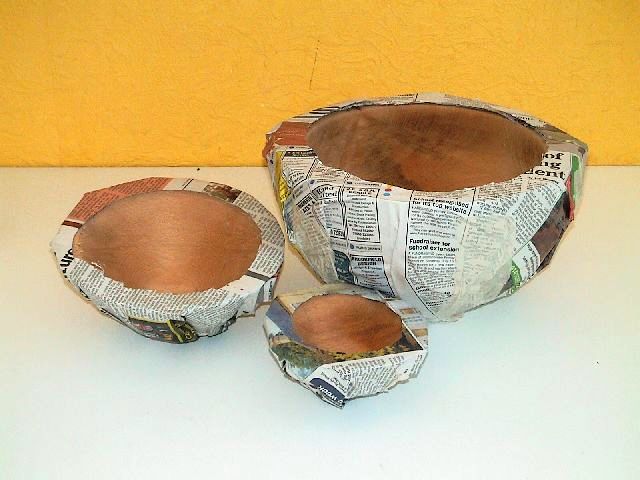Lightweeder
Established Member
There may be more than one question here - apologies in advance but, if I'm not to lose all my wood, I'll have to move quickly. I've had a lot of help from you guys already regarding my logs, which I've now put on the staging in my greenhouse as they were cracking as I looked at them. Someone said the other day that they would never dry in log form. Does everything have to be roughed down first ? If I keep in log form, what do I use to wax them?
Second question if I may. I had a small green log of apple which I turned into a goblet, which had a bad crack in it the next morning. How should I have done that? Thanks in advance.
Second question if I may. I had a small green log of apple which I turned into a goblet, which had a bad crack in it the next morning. How should I have done that? Thanks in advance.






































